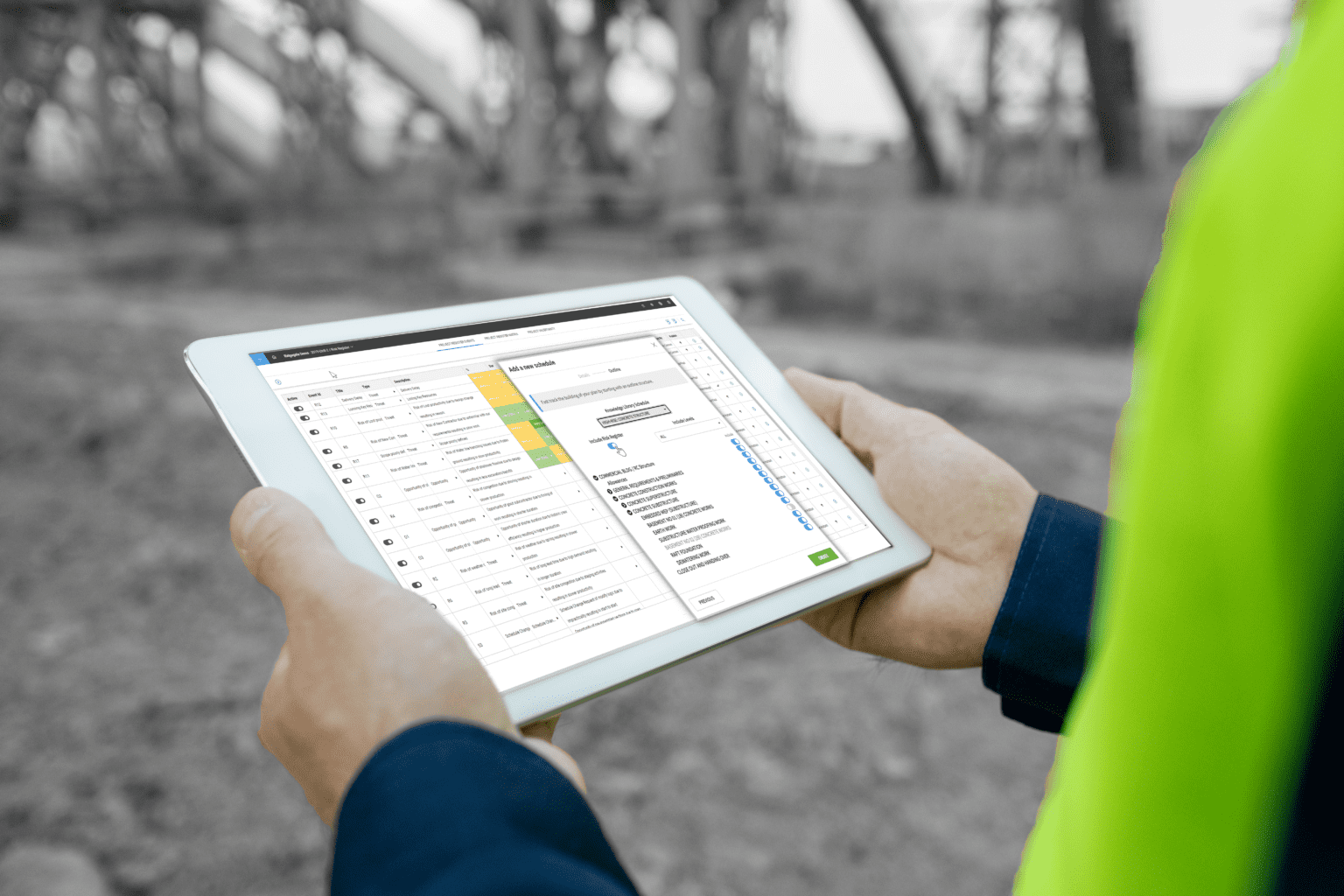Construction organizations must continuously adapt to the evolving landscape of supply chain risks and changing business environments. While many of these risks are difficult to anticipate, various approaches can enhance supply chain management, leading to better outcomes for projects and the industry as a whole.
Australia’s supply chain encompasses labour, products, materials, subcontractors, consultants, plants, and equipment, and is supported by complementary industries such as freight and logistics that have been severely impacted by the COVID-19 pandemic.
In addition to these challenges, construction supply chains are often temporary, being built up and taken down with each project, especially on smaller to mid-sized projects. Each subsequent project introduces new variables, such as location, geography, and market, which necessitate different types of services and materials and their respective sources.
WHAT IS SUPPLY CHAIN RISK
Within the construction industry, supply chain risk refers to any potential event or issue associated with any entity within the network that, if experienced, could have a negative impact on organizational objectives. Risk is dynamic and can vary depending on the timing, challenges faced by the supply chain, and the potential effects of those challenges.
It’s crucial to note that supply chain risk management involves managing risks rather than directly managing individual parties within the supply chain network.
Some examples of supply chain risks in the construction industry include:
Performance risk
- Skill shortages
- Financial stress
- Up and downstream blockages
Compliance risk
- Traditional obligations
- Emerging targets
- Regional/international differences
Uncertain world
- COVID-19 pandemic
- Force majeure
- Criminality
A supply chain in the construction industry involves not only goods, which can be highly vulnerable to the effects of an uncertain world, but also subcontractors, who bring their own performance risks and potential disruptions to the table.
When considering the unique needs and initiatives of clients, owners, and applicable laws, as well as ensuring compliance and meeting project goals, the supply chain management process can appear overwhelming.
EFFECTIVE AND CONCISE COMMUNICATION
Effective communication throughout all levels of a supply chain can significantly reduce associated risks. It’s essential to maintain ongoing communication that encompasses internal communications, projects and business units, and the organizational hierarchy.
Risks and challenges present opportunities for improvement, understanding, and even competitive advantages, with various enablers, tools, and systems available to leverage those opportunities.
Adopting a digital platform approach is one of the most efficient and effective ways to manage communication channels and store and share information. This approach reduces the need for redundant handling of common data and ensures one source of recorded and verified truth on key risks.
LEVERAGE TECHNOLOGY EFFICIENTLY AND EFFECTIVELY TO MANAGE INFORMATION
Due to the constantly shifting business landscape, organizations are increasingly seeking effective tools for managing and understanding vendors. InEight is a trusted provider of construction project management software for various stakeholders involved in the capital project life cycle. Their software offers tools for contract and capital management, document control, and work packaging concepts, which include self-perform work for subcontracted scopes.
The software provides a high-quality user experience and allows for the breakdown of line items into claimable components, offering additional intelligence and detail throughout the supply chain process. This level of transparency benefits both contractors and subcontractors, as it enables better progress tracking and invoice validation. With InEight’s software, subcontractors can more effectively demonstrate progress and provide the necessary information for their invoices.
THE HUMAN ELEMENT
Understanding and managing risks in supply chains require a human touch. The experience and expertise of individuals are valuable in identifying and addressing long-term risks, not only within the supply base but also within the employee base.
Positive change requires the participation of all stakeholders to achieve value creation for the industry, clients, and society. It is a collective effort that demands transparency and accountability in the supply chain, which can be enabled by digital practices that improve communication and provide evidence of best practices.
Organizations can promote this by implementing shared services, offering dedicated career paths in supply chain or procurement, and hiring and developing individuals with long-term multi-project experiences to inform difficult decisions.
Technology can provide visibility into supply chain risks and offer a governance framework for risk management, freeing up companies to be productive on projects without being bogged down by manual processes and administration of data.




